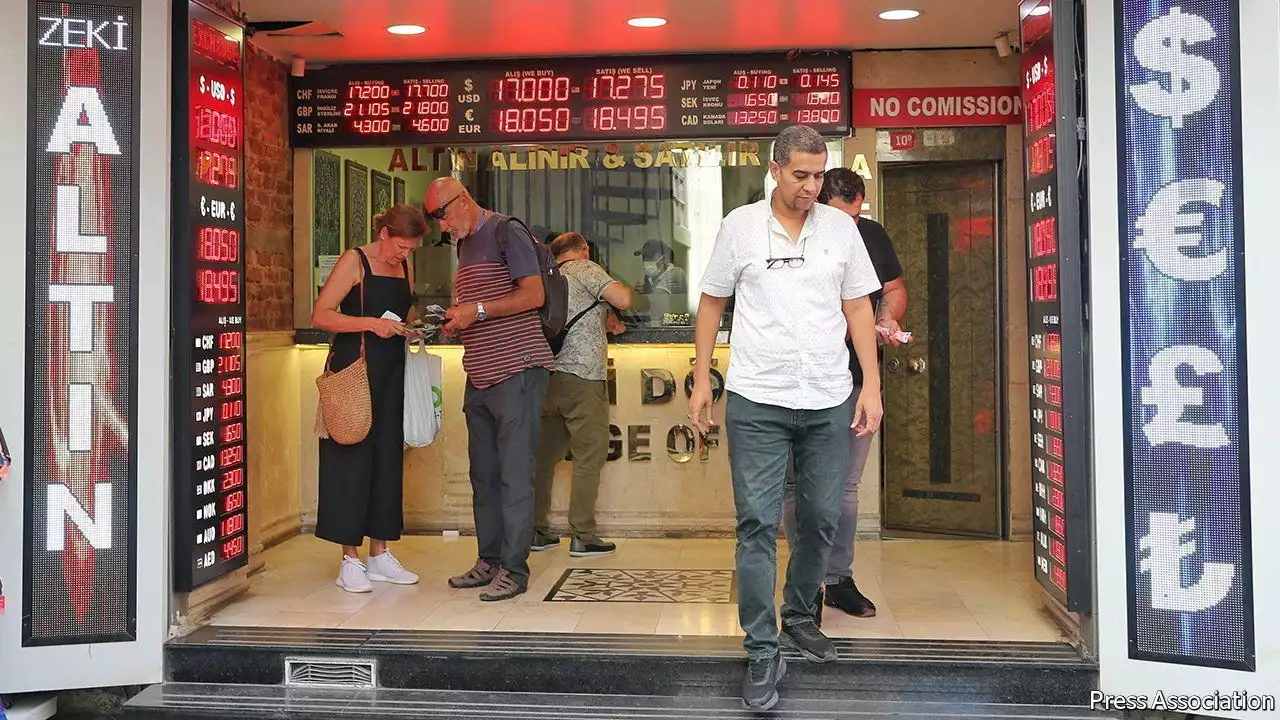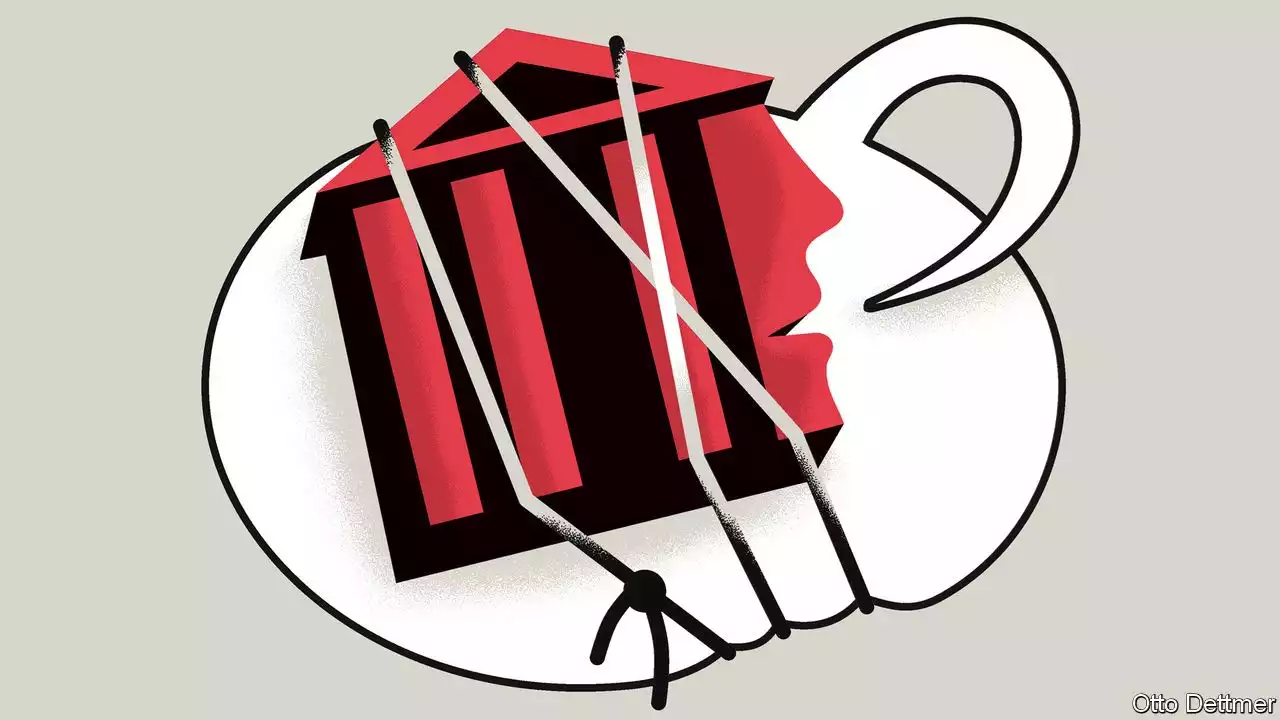Syndicated-loan and private-debt markets have grown rapidly in recent years
American corporate-debt market of 2022. Often the only risky bonds that are being issued are the legacy debts of a now ancient-seeming time—when interest rates were low and. Elsewhere, the high-yield market has almost ground to a halt. A paltry $83bn of risky debt has been issued so far in 2022, 75% less than in the same period last year.
The stakes in aggregate are far higher. A steady decline in interest rates over the past 30 years encouraged companies to borrow record amounts. Now the cost of servicing and refinancing that debt mountain is climbing, profits are being dented by rising costs andAmerica’s last big debt crisis, in 2007-09, was in housing. The stock of household debt relative tohad climbed sharply as lenders had aggressively issued mortgages and property prices had soared.
The bond market, as the biggest source of debt, might seem like the natural place to go looking for trouble. But firms that issued bonds are “relative winners” of the rise in interest rates, says Eric Beinstein of JPMorgan Chase, because most bonds pay fixed coupons. Of the $5trn-worth of corporate bonds issued since the start of 2020 some 87% pay fixed coupons. And those coupon rates are at all-time lows. The average coupon on an investment-grade bond is just 3.
The impact of rising rates is likely to be much greater in the syndicated-loan and private-debt markets, which typically issue floating-rate debt . They have also seen explosive growth. Between 2015 and 2021 the value of outstanding high-yield bonds grew a little, from around $1.3trn to $1.5trn. By contrast, syndicated loans grew from $900bn in 2015 to $1.4trn over the same period. Private credit was the runt in 2015, with just $500bn in assets under management. Now, with $1.
Canada Latest News, Canada Headlines
Similar News:You can also read news stories similar to this one that we have collected from other news sources.
 The latest desperate attempt to prop up the Turkish liraMore severe interventions might be in store if the lira continues to plummet. Analysts say president Recep Tayyip Erdogan would much sooner impose capital controls than allow rate increases
The latest desperate attempt to prop up the Turkish liraMore severe interventions might be in store if the lira continues to plummet. Analysts say president Recep Tayyip Erdogan would much sooner impose capital controls than allow rate increases
Read more »
 The case for strong and silent central banksShould central banks talk so much about raising interest rates?
The case for strong and silent central banksShould central banks talk so much about raising interest rates?
Read more »
 Beat the heatwave with this stylish linen look for lessHow to beat the heatwave with this stylish linen look for less *affiliate
Beat the heatwave with this stylish linen look for lessHow to beat the heatwave with this stylish linen look for less *affiliate
Read more »
 'I got broken heart syndrome after losing my dad'Broken heart syndrome: 'My Dad had died and my youngest had gone to university so I suppose they were two very monumental life events for me'
'I got broken heart syndrome after losing my dad'Broken heart syndrome: 'My Dad had died and my youngest had gone to university so I suppose they were two very monumental life events for me'
Read more »
 'I got broken heart syndrome after losing my dad'Michele Canning is one of 5,000 people in the UK each year to develop a rare form of heart failure.
'I got broken heart syndrome after losing my dad'Michele Canning is one of 5,000 people in the UK each year to develop a rare form of heart failure.
Read more »
